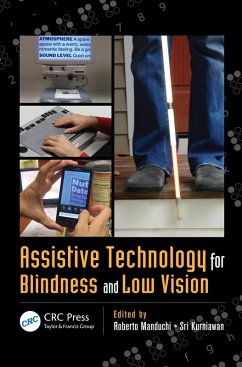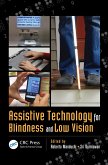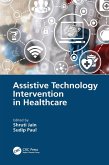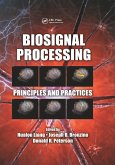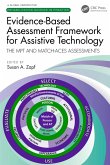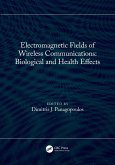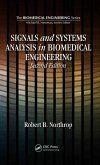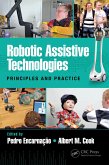Written by world-class leaders in their field, the chapters cover the physiological bases of vision loss and the fundamentals of orientation, mobility, and information access for blind and low vision individuals. They discuss technology for multiple applications (mobility, wayfinding, information access, education, work, entertainment), including both established technology and cutting-edge research. The book also examines computer and digital media access and the scientific basis for the theory and practice of sensory substitution.
This volume provides a holistic view of the elements to consider when designing assistive technology for persons with visual impairment, keeping in mind the need for a user-driven approach to successfully design products that are easy to use, well priced, and fill a specific need. Written for a broad audience, this book provides a comprehensive overview and in-depth descriptions of current technology for designers, engineers, practitioners, rehabilitation professionals, and all readers interested in the challenges and promises of creating successful assistive technology.
Dieser Download kann aus rechtlichen Gründen nur mit Rechnungsadresse in A, B, BG, CY, CZ, D, DK, EW, E, FIN, F, GR, HR, H, IRL, I, LT, L, LR, M, NL, PL, P, R, S, SLO, SK ausgeliefert werden.

